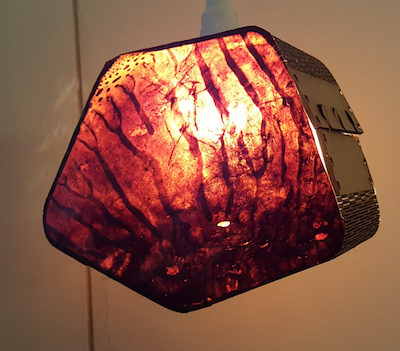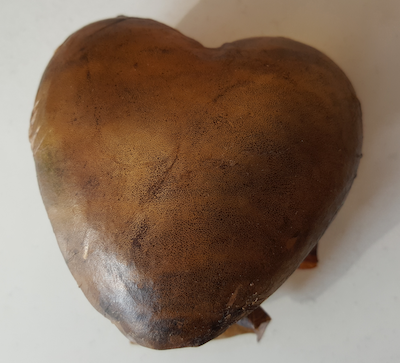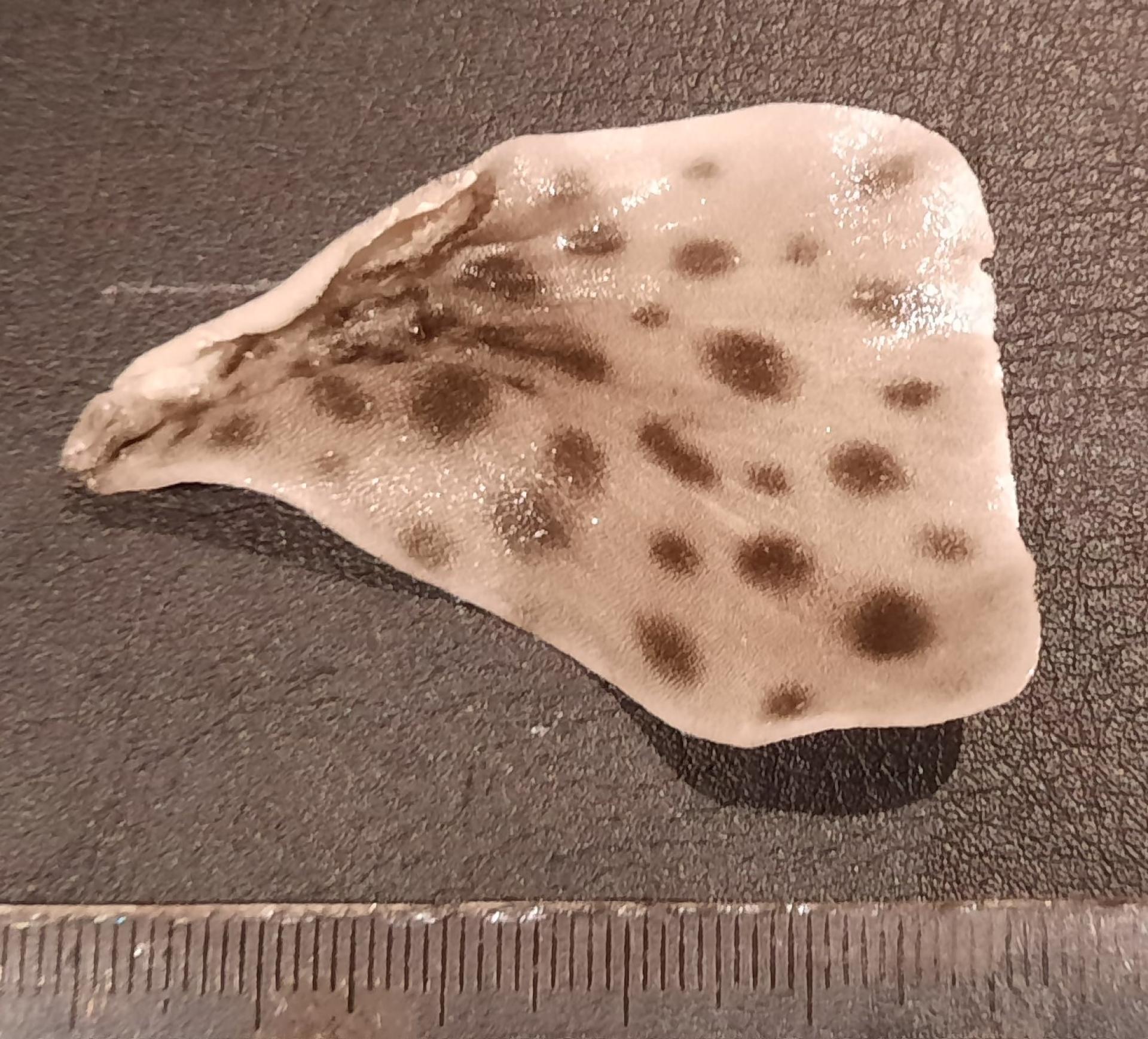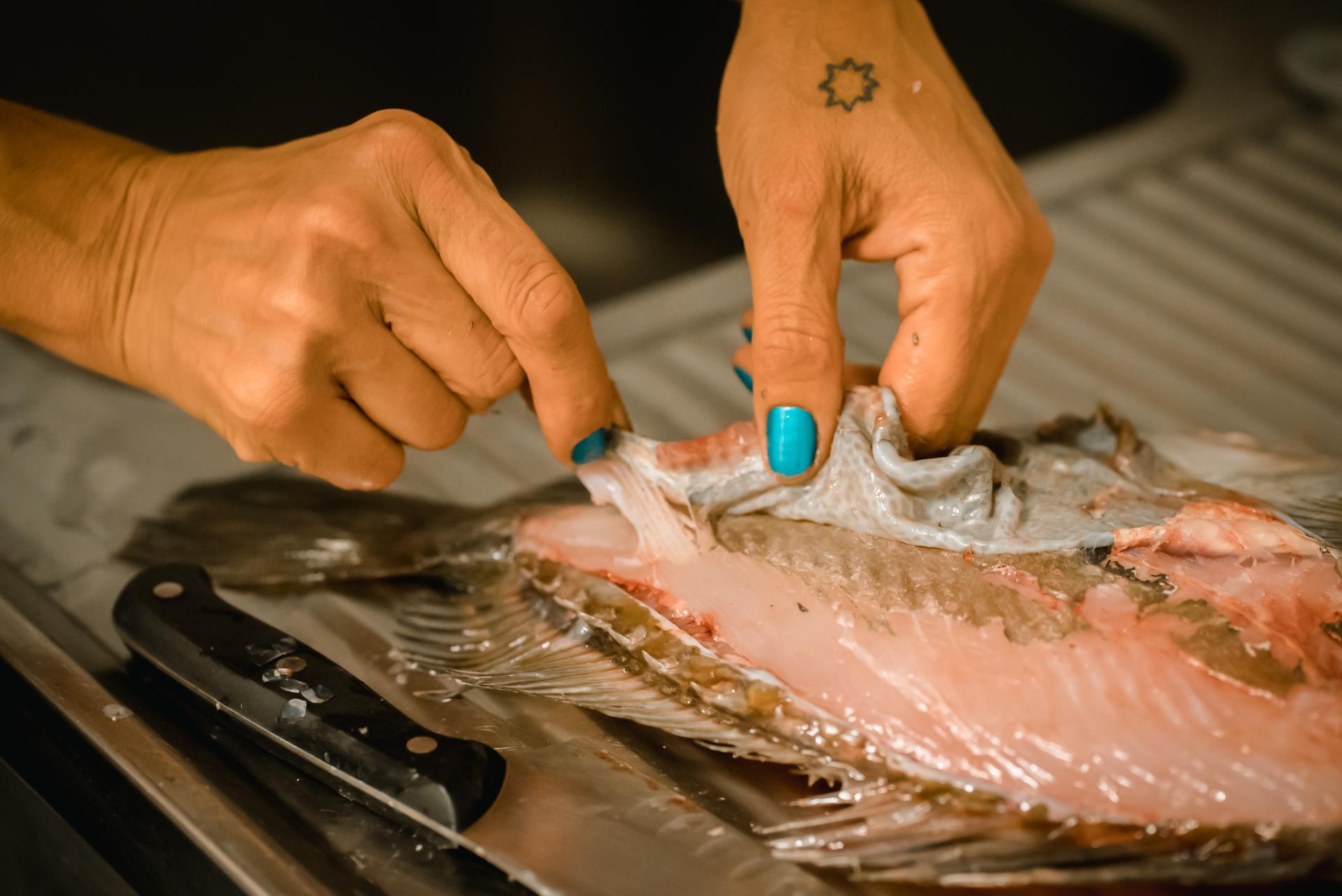Fish-based materials
Basic information
Project Title
Full project title
Category
Project Description
I'm creative with and by nature that got in love by fish skin and bones... I used fish skin and local and ecological (non-petrochemical) substances in order to create leathers and textiles. My work raises discussions about aesthetics, localism, whole-animal use and ecology awareness.
Geographical Scope
Project Region
Urban or rural issues
Physical or other transformations
EU Programme or fund
Which funds
Description of the project
Summary
Mónica Pedro is an applied researcher with a background in project management for cutting-edge technologies and in fashion. She uses fish skin and local and ecological (non-petrochemical) substances in order to create leathers and textiles. Her work raises discussions about aesthetics, localism, whole-animal use and ecology awareness.
Key objectives for sustainability
Main concern is to bring divinize nature and use natural resources in a beautiful, sustainable and conscious way.
Experimental prototyping inspired by ethnography and anthropology, I used only local waist, mainly organic waist from the market, kitchen and other organic materials, found in 50 km maximum, and combined processing techniques from the Fishers and Agricultures crafts.
Key sustainable objectives are:
- Promote awareness about the ocean beings that are captured to feed us, about the ocean sustainability, calling for compassion.
- Create sustainable manufacturing process that add value to organic waist
- Design production chain based on local craftmanship (fisheries and agricultural)
- Create sustainable materials which can easily be returned to nature (final products are totally decomposable)
Key objectives for aesthetics and quality
All the this adventure started by the fascination by fish skin aesthetics, and is calling for attention to other innovative ways to make beauty out of the nature with respect.
The fish-based material opens a new catalog of visual, tactful, tasteful, and hearing experiences since they could used to make boards and fashion accessories, as well furniture and decoration as also for musical instruments.
Key objectives for inclusion
I researched the local practices on fisher and agriculture communities to create processing stages that could bring value to these marginalized population, by both valuing their waist, and employing some of their existing practices.
In certain way, I co-designed the processes having in mind a way to create a distributed local production chain that add value to local communities, namely:
- Fish market merchants:
-
- collect and preserve the fish waist in conditions to latter be processes, gaining from this row material.
- Fishers warehouses at the sea ports
- Pre-processing fish bones and skins and having extra revenue from their facilities and time.
- Agricultures
- Selling organic waist for the recipies
- Restaurants
- Providing fish skins and bones to local crafts and gaining both visibility for their ecological behavior and revenue for the raw materials.
- Bio Designers
- Designers interested in creating products, can learn to do it by themselves or just acquire the products to other fish crafters.
Results in relation to category
I’d created more than 20 types of different fish leaders which can be used for application such as clothes, accessories, bijouterie, furniture, decoration and sound instruments completely made out of fish market and agriculture waist.
I designed production chain that involves local communities, values their work and the waist of their business.
Also the fish based materials, and their narrative comprehends an excellent history to demonstrate how we can be creative with and by the nature.
How Citizens benefit
Experimental prototyping inspired by ethnography and anthropology, I used only local waist, mainly organic waist from the market, kitchen and other organic materials, found in 50 km maximum, and combined processing techniques from the Fishers and Agricultures crafts.
I’d visited, interview and captured knowledge and practices in local fishers and agricultures communities.
Also the fish based materials, and their narrative comprehends an excellent history to demonstrate how we can be creative with and by the nature.
Physical or other transformations
Innovative character
There is no other project that had been able to create such a variety of different fish materials using only waist and low tech processes.
It demonstrated that being creative with and by nature could bring to society new materials and experiences that connect us to the true values of nature.
A new creativity methodology, where we, scientifically informed, can play with and by the nature, calling for sustainable action from a localism perspective.
Learning transferred to other parties
The new creativity methodology, (Play with and by nature) and well the material processing designs and recopied can be easily transferred to other locals and communities.
I can share he recipes, processes and knowledge to everyone interested, as well organize residencies and workshops to cocreate new local fish-based materials.




